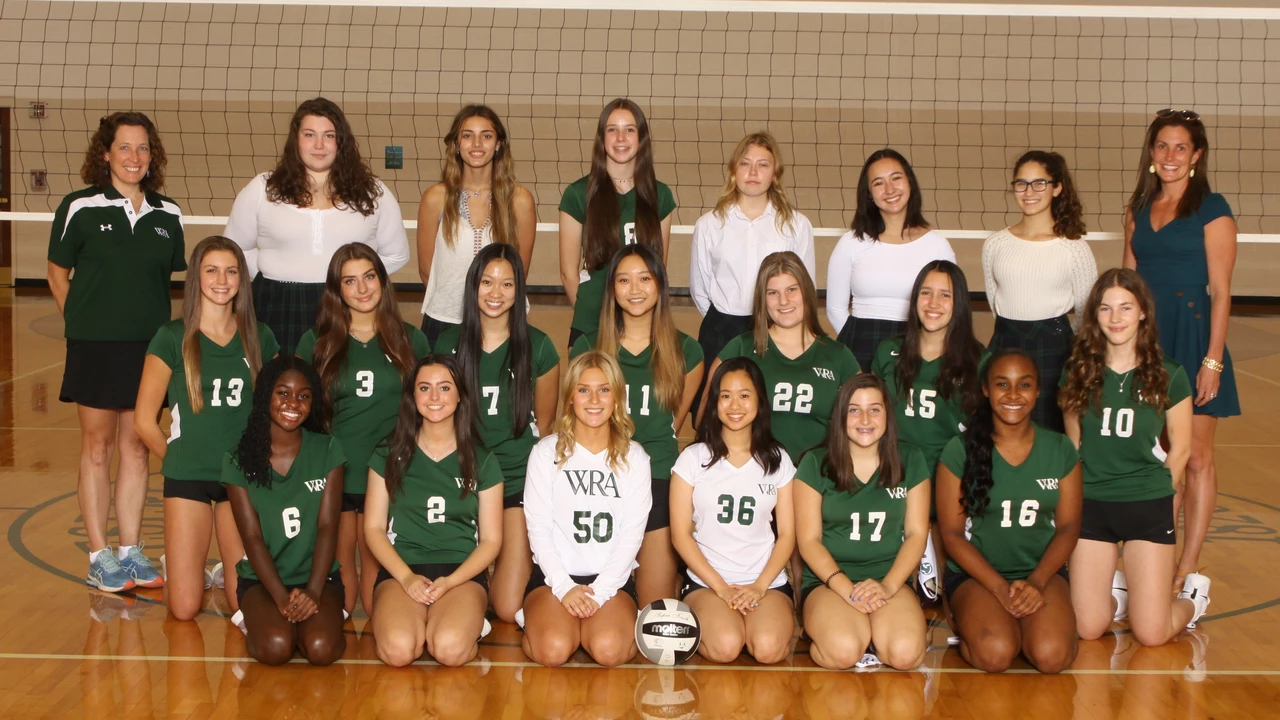Understanding the Structure of College Sports
Life in Australia, I often find myself attempting to fathom the labyrinthine universe of American college sports. Here in Melbourne, you may struggle to swing a kangaroo without hearing talk of the latest footy match. Yet, enigmatic questions arise when I explore the concept of junior varsity in college sports and why they seem non-existent.
Before you start picturing junior kangaroos tossing cricket balls around, allow me to clarify. Junior varsity, or JV, refers to the athletic teams in American high schools, primarily formed for athletes lacking experience or who are below the seniority level required for being a part of the varsity team. However, when it comes to American college sports, this junior layer goes missing. You may be wondering why the JV team doesn’t feature within college sports? It's like a Vegemite sandwich without the Vegemite, and that, my mates, isn't much of a sandwich at all.
The JV Strategy and Its Impact
From high school, where JV teams are prevalent, college seems to drop that layer like a hot potato. The primary rationale behind JV teams in a high school also somewhat explains their absence on a college level. JV teams are intended to provide a nurturing environment for athletes to develop skills and match readiness so that they can step up to the varsity level.
In the collegiate environment, this equivalent developmental environment is provided by red-shirting athletes - a practice where players are kept from participating in matches, but they still practice and develop with the team, similar to a cricket player padding up for the entire test match without a chance at the crease. They are thus prepared for the game, but not yet in the field.
The Redshirt Phenomenon Explained
The redshirt principle, while sounding like a Star Trek fashion choice gone wrong, is in fact another sports stratagem. It allows college athletes to extend their 4 years of playing eligibility over 5 years of college by abstaining from participating in games for one full year. It’s like using a ‘play later’ token. This practice lets the players grow and develop with the team without expending a year of eligibility, effectively providing the stepping stone that JV teams offer at the high school level.
Now, working out the details of the redshirt principle may make you feel like you’ve gone a few rounds with a boxing kangaroo, but it’s crucial to note its critical role in the college sports structure. In a way, red-shirting is the invisible JV layer in the collegiate universe. So there you have it; a solution to the JV enigma – no less puzzling than figuring out why Aussies call flip flops ‘thongs’.
A Rationale behind the Current Structure of College Sports
Why not simply have JV teams at college too, you may wonder? A reasonable query, reminiscent of the good old ‘why does beer taste better out of a stubby?’ conundrum. The simplest answer is resources. With already massive athletic programs, managing and maintaining a dedicated JV program for multiple sports at a college level would need resources that many universities might not have to spare. Plus, at the college level, the athletes, unlike their high school counterparts, are a bit more equipped and ready for the sport.
Moreover, for many college athletes, there's also a sense of progression. The elevation from a high school JV team to the varsity team in college brings with it a sense of accomplishment. It's kind of like finally figuring out which plug goes where when setting up your new telly, it's at the pinnacle and there's no looking back.
The Closest Proxies to JV Teams in College Sports
Although JV teams don’t make the cut in college, it doesn't overrule all structures supporting athletes in development stages. There're other leagues, or programs that often serve as stepping stones towards the main collegiate athletics. Club and intramural sports are two examples. It’s like starting with a Meat Pie before going the full Aussie BBQ – you're not quite at the zenith, but you're building up to it.
If you happen to attend a school with no football team but have an undying passion for the sport, intramural leagues are there to the rescue. These programs provide students with athletic opportunities even absent a fully-fledged football program. Therefore, sporting experiences aren’t limited to blockbuster football games or high-intensity basketball matches in packed stadiums as the be-all and end-of-all.
The Future of JV in College Sports?
Will JV teams ever make their mark on the college landscape? As it stands, conventional JV teams at a collegiate level appear unlikely. Sport at the college level has become such a major operation, involving significant financial and logistical implication, adding another layer of complications seems unfeasible.
In conclusion, while the absence of a designated JV program in college sports might seem like a dilemma of fairy bread proportions - it's not as perplexing once you get the hang of the concept and realize the intricate layers of the system. It's like deciphering Australian slang; once you know that 'Bobby' is not your mate Robert but a grill, you're good to go. And on the topic of Bobby, I reckon it's time to fire him up for some snags. Cheers!
Parting Shots: Embrace the Journey, Not Just the Destination
Remember, whether it's scoring the winning goal in an intramural match or donning your university's colors on the main stage, every step towards this journey is to be celebrated. The list of college athletes who never played on the red carpet but still had a fulfilling experience is longer than a didgeridoo.
Nonetheless, it's essential to realize that whatever route or decision you take, the world of college sports is as diverse and exciting as a walk through the Melbourne laneways. As long as you embrace the journey and respect the process, you are guaranteed a ride that's as exciting as a road trip across the Great Ocean Road.
